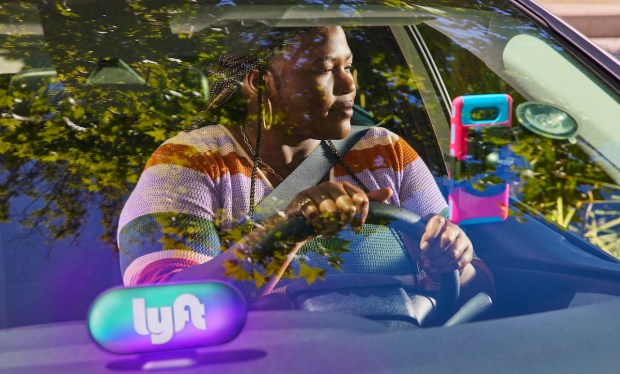
Ride-hailing platform Lyft said it wants to lift its driver’s earnings.
Earlier this year, the company introduced a new standard for drivers, ensuring they will always earn 70% or more on fares per week, after external fees. If drivers are ever under 70% at the end of the week, Lyft pays them the difference.
After launching this standard in 20 of Lyft’s top markets in February, the company is now offering the program to drivers across the country, according to a Tuesday (May 14) press release.
“Lyft is the first and only rideshare company to guarantee drivers their share of rider payments,” Lyft CEO David Risher said in the release. “We’re thrilled to extend this to all 1 million+ drivers on the Lyft platform nationwide.”
The initial rollout has been a success, with an additional 20% of drivers saying they were paid fairly within a month after the launch, per the release.
In addition, 75% of drivers said they have a greater understanding of their earnings, while more than half said they have benefitted from being topped up at the end of at least one week thus far, the release said.
The new pay standard was part of a wider selection of new offerings for drivers introduced in February, such as a feature that lets drivers see how each rider’s payments are divided between drivers, Lyft and external fees.
The company also implemented new features to make earning with the platform easier for drivers, such as earning more on scheduled rides to compensate for waiting time, the ability to manually accept queued rides, and updated guidance for finding rides at airports.
Meanwhile, PYMNTS last week examined the ways that Lyft and rival Uber converged and differed through the lens of the latest earnings season.
For example, both companies reported an uptick in gross bookings, 20% for Lyft, and 21% for Uber, as well as an increase in active riders, up 12% at Lyft and 15% for Uber.
And both firms “have noted the continued influx of drivers to their respective platforms, which illustrates the continued growth of the gig economy, and the fact that more individuals are turning to ride-hailing as a way to supplement their incomes,” PYMNTS wrote.
But while Lyft remains focused on mobility and rides, and engaging with customers during those rides, Uber’s path to success also includes delivery and cross-selling, as well as increased engagement across a variety of daily activities.